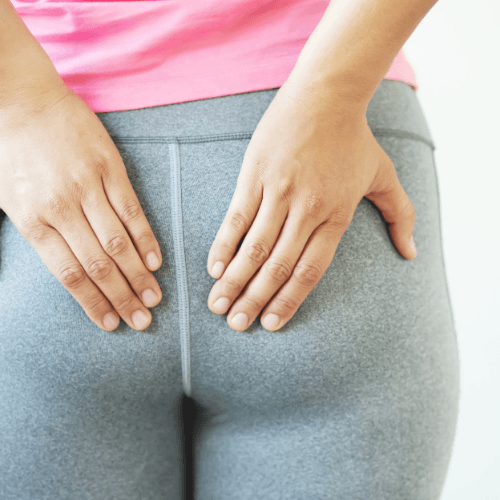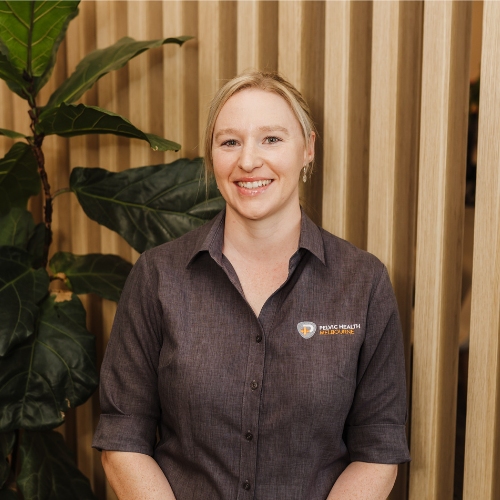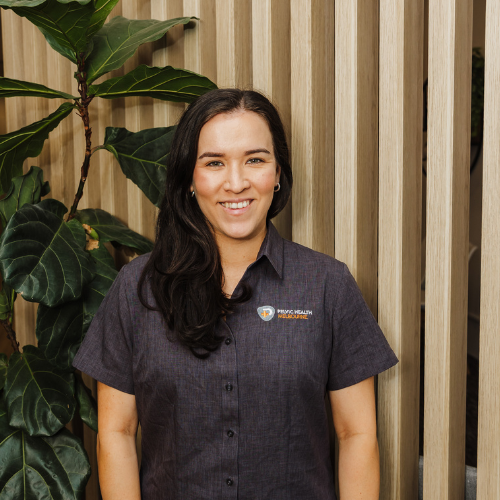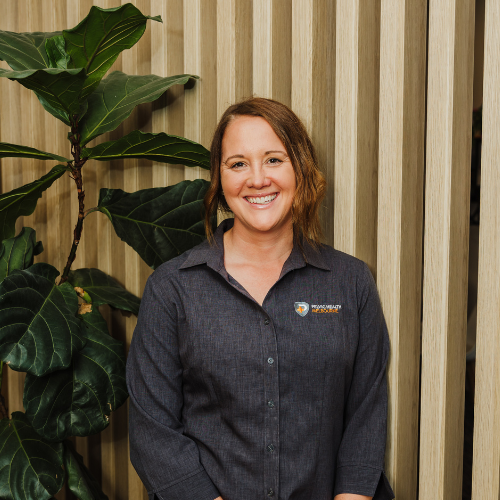
What is coccyx pain?
Your coccyx is the small bone at the bottom of your spine that can get bruised, dislocated or broken. Coccyx pain can be caused either by external forces like a fall or accident or internally during childbirth. Coccyx pain can be disabling, limiting your sitting tolerance and quality of life.
Signs and symptoms?
- Have you experienced a fall, accident or trauma to your tailbone?
- Are you pregnant or have you recently given birth?
- Does your tailbone hurt when sitting but not when walking?
- Have you developed tailbone or sacral pain for an unknown reason but it still it hurts to sit, very bad on sit to stand but settles after a few steps?
Contributing factors to coccyx pain?
- Pelvic Floor muscles tension can aggravate your pain as these muscles attach to your coccyx bone.
- Tight muscles in your lower buttock can also contribute to your pain.
- Your sitting posture can contribute to coccyx pain as you may be sitting more on your sacrum rather than your sit bones. This commonly happens to women after pregnancy as the pregnancy backward tilt is maintained after birth, causing the woman to sit on the sacrum – thus causing or aggravating their tailbone pain. It can also occur as a result of sports that incorporate a lot of strain on this area.
- Body weight, either obesity where there is too much pressure on this area or under-weight where there is not enough padding causing inflammation
- Sitting for extended periods on hard surfaces
- The sacral nerves are often compressed referring to the tailbone so freeing up the movement around the back and pelvis can help immenseley
How can we help?
Physiotherapy help for coccyx pain (tailbone pain or coccydynia)?
Physiotherapy treatment for coccyx pain may include:
- Releasing all the tight structures attaching to the coccyx
- Adjusting your sitting posture to allow the coccyx to heal. This can be done with the use of wedge cushions and postural corrections.
- Addressing any Back, hip or muscle imbalance around the pelvis that may be contributing to the overload on the coccyx or sacrum
- Freeing up the joints around the sacrum and pelvis
- Stretching any muscle that attaches to the coccyx including the pelvic floor
- Seeing if breathing and or rib gripping is affecting your load on the coccyx

















